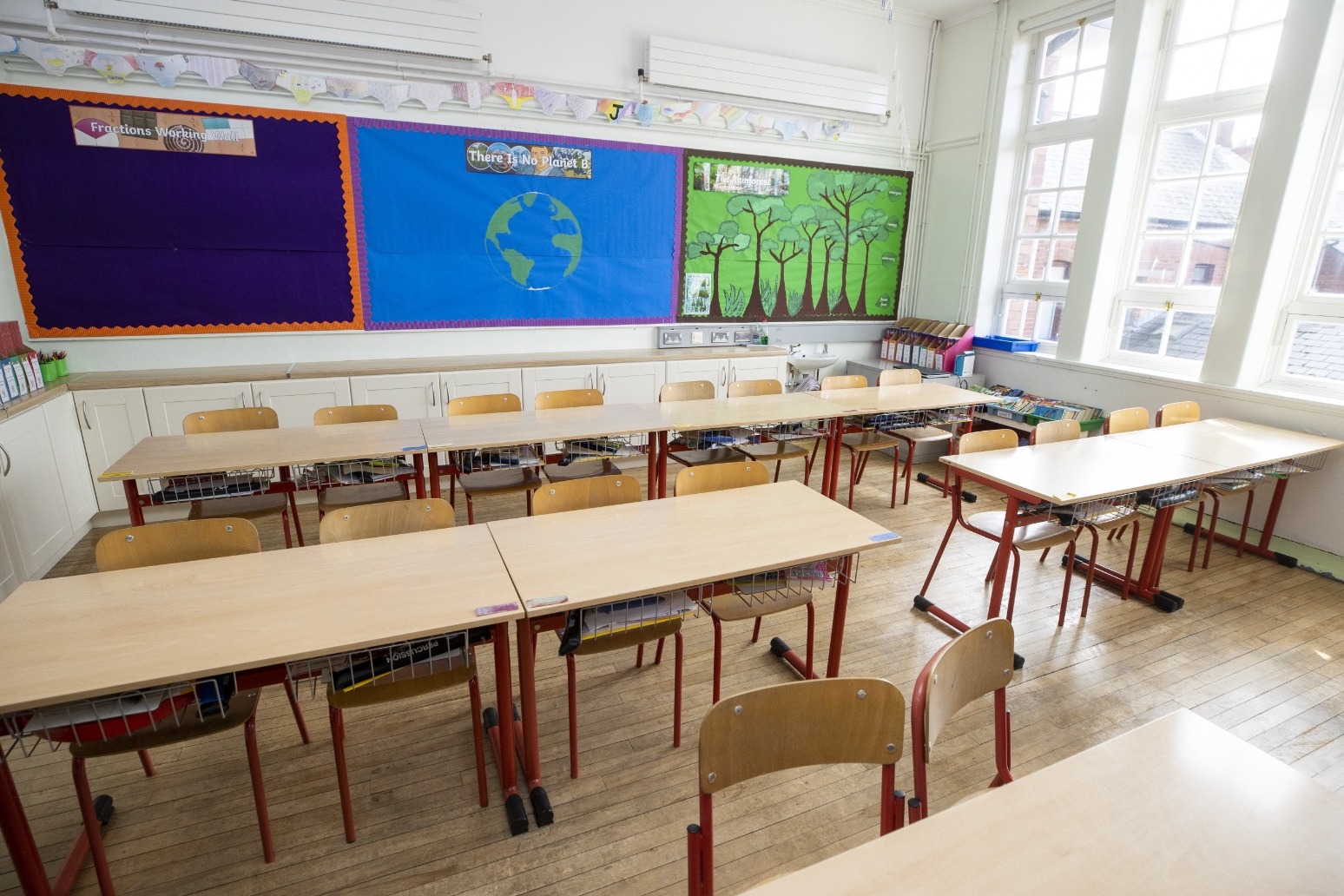-
 play_arrow
play_arrow
KL1 RADIO KL1 Radio Local Radio for West Norfolk
-
 play_arrow
play_arrow
KL DISCO KL Disco Playing Disco Music from the 70's onwards.24/7
-
 play_arrow
play_arrow
KL COUNTRY KL COUNTRY Playing New and Classic Country Music 24/7
-
 play_arrow
play_arrow
KL ROX KL ROX The best of New and Classic Rock.24/7
-
 play_arrow
play_arrow
KL SUMMER Summer Vibes 24/7 from KL1 Radio across West Norfolk
-
 play_arrow
play_arrow
KL CHILL Just Chill!
-
 play_arrow
play_arrow
KL POP The Best POP Hits all day Long!
-
 play_arrow
play_arrow
KL XTRA KL XTRA, The PopUp Station from KL1
music_note

Some schools in England could be forced to close because of falling pupil numbers.
Schools could lose over £1 billion in funding by 2030 because of falling pupil rolls, according to the Education Policy Institute (EPI) think tank.
The report says schools may be forced to consider “cost-cutting measures”, mergers with other schools, and closures due to the demographic changes.
Pupil numbers are projected to fall the most in London and the North East of England, according to the analysis.
Researchers used data from pupil projections and the think tank’s own school funding model to analyse the potential impacts on school funding up to 2030.
Under a scenario where all schools receive a 0.5 per cent real terms increase in pupil-led per-pupil funding each year, researchers predict that overall funding for primary and secondary state schools will fall to £41.6 billion by 2029/30, down from a peak of £42.7 billion in 2024/25.
The findings come ahead of National Offer Day for primary schools on Tuesday.
A population bulge in England has been moving from primary schools into secondary schools.
London Councils warned last year that school leaders and local authorities could be forced to merge or close schools as a result of falling pupil numbers and funding pressures.
The number of applications for places at primary schools in the capital fell last year due to the falling birth rate, as well as families leaving the city after the pandemic and Brexit, councils said.
The EPI report said: “As pupil numbers fall, many schools will see their budgets contract as a result.
“However, a school’s costs do not behave the same way. Reductions in class sizes do not bring about proportional decreases in staffing costs, school supplies, energy bills, and the other day-to-day costs of running a school.
“Faced with this challenge, some of the most severely affected schools will struggle to stay viable. As these schools feel the squeeze, they will be forced to consider alternatives: mergers with other schools, difficult cost-cutting measures, and ultimately school closures.”
The think tank has called on policymakers to “carefully consider” the impacts of changes to the national funding formula (NFF) on schools that are most affected by falling pupil numbers.
Robbie Cruikshanks, researcher at the EPI, said: “The scale of change projected in the pupil population presents major policy challenges to future governments.
“Most school funding is allocated on a per-pupil basis. As a result, falling pupil numbers can mean lower budgets for schools whilst not lowering costs in the same way, given these are largely fixed.
“Managing this fall in pupil numbers means that, in many areas of the country, the number of pupils that are admitted to schools will inevitably fall.
“This could then lead to mergers to ensure that schools remain financially viable or even school closures.”
He added: “Policymakers must carefully consider the impacts of changes to the national funding formula on schools that are most affected by falling pupil numbers and how best to redistribute any savings created by these falls.”
Paul Whiteman, general secretary of school leaders’ union NAHT, said: “Schools are already strapped for cash – and even with a dip in pupil numbers, any further cuts to funding would be a catastrophe for our children.
“Instead, the drop in pupil numbers provides the government with an opportunity – by maintaining current funding levels, schools could keep current staffing levels, paving the way for smaller class sizes, and targeted support for pupils.
“In places where there is a more significant short-term drop in numbers, such as London and the North East, we urge the government to take a pragmatic, long-term view.
“It would be a waste to allow smaller schools to close, only for there to be a need for more places in those areas further down the line.”
A Department for Education spokesperson said: “These figures are speculative, funding levels beyond 2024/25 have not yet been confirmed and are subject to future spending reviews.
“We are increasing school funding to £60.7 billion next year, the highest level ever in real terms per pupil.
“Every school will receive a per-pupil increase in funding, and the national funding formula (NFF) makes sure that funding is distributed fairly based on the needs of each school and their pupils.
“It is for local authorities and academy trusts to balance the supply and demand of school places, in line with changing demographics, as they have done for many years.”
Published: by Radio NewsHub

Similar posts
Upcoming shows

Weekend Back Trax
6:00 am - 8:00 am

Kelvin Scott – Weekend Breakfast
8:00 am - 11:00 am

Vicky Green – Classic Hit Lunchtime
11:00 am - 1:00 pm

Darren Furzey – Classic Hit Weekend
1:00 pm - 3:00 pm

Lee Vincent – Classic Hit Saturday
3:00 pm - 6:00 pm
-

Paris Olympics off to a sodden start with a rain-drenched opening ceremony

Three children who died in house fire are ‘missed beyond measure’, parents say

John Hunt says messages of support ‘like a hug’ following family crossbow deaths

Police officer under criminal investigation for assault after airport video

Hunstanton Fossil Hunting Trip – 18th August 2024
Message Us Now!
Copyright The Mediasite UK - 2023.



